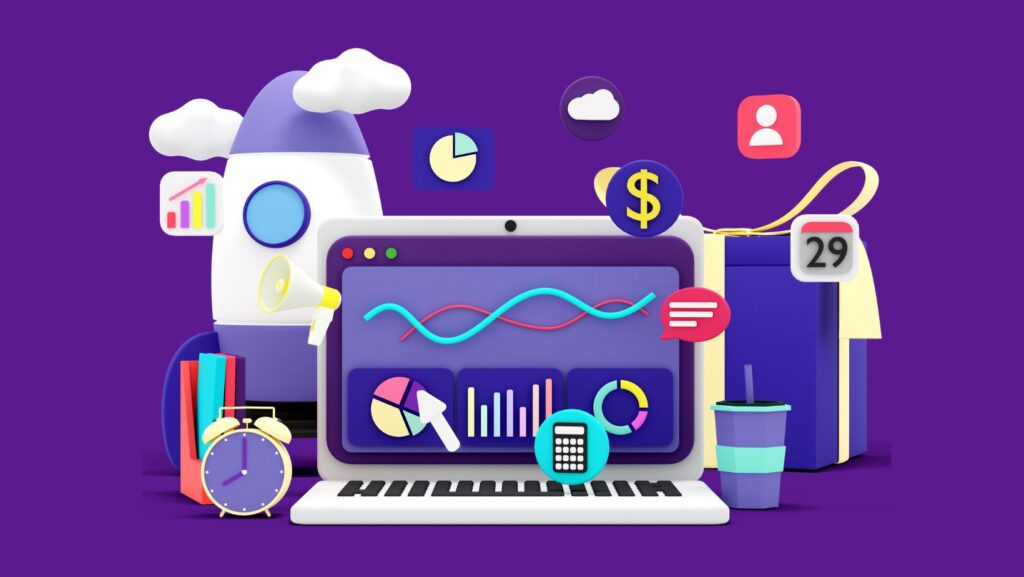Site speed is how fast a website loads when someone opens it. It includes everything: from the first click to the moment the page is fully ready to use. Some pages pop up in one or two seconds. Others take longer. That extra time can make people leave before they even see your content. Technical SEO services aren’t just about looks. They affect how people feel when they visit your site.
The Importance of Site Speed
People don’t have much patience online. If your site takes too long to load, they leave. That’s just how it is. It might be a second or two, but that small delay can make a big difference. You lose a visitor before they even read a word. Now here’s where technical SEO services come in. They are the part of SEO that focuses on how your site is built under the surface. Not the words or the pictures, but how the thing runs. Speed is one of the main things it looks at.
Search engines like Google check how fast your pages load. They look at how easy your site is to access and understand. If it’s too slow, they don’t rank it as high. Because a fast website doesn’t just feel better for people. It also performs better in search. It gets noticed more, it’s easier to visit, and it works the way it’s supposed to.
That’s why speed matters. It’s not just about making things snappy. It’s about making sure your site actually gets seen and used. It’s a small detail that makes a big difference.
Site Speed Practices
Everyone says speed matters. But what does page speed SEO entail in practice? You don’t need to make your site lightning-fast just to show off. It has to feel fast. That’s what matters to people.
Keep Images Light
Big image files are a common reason websites load slowly. One large photo, if left untouched, can end up heavier than the rest of the page. It sits there, dragging things down, while the rest of the content waits.

What helps is lighting images before uploading. Keep them light. JPEG usually works for photos. PNG is okay for icons or anything with sharp edges. There are tools online that can shrink the size without ruining the image. Also, you don’t need everything to load at once. Let the images load only when someone scrolls down to them. That way, the top part of your page shows up quicker, and the rest catches up as needed.
Pick the Right Hosting
Your hosting provider is an important page speed ranking factor. A bad one means slow service. A good one keeps things running. Cheap hosting can sound nice. But if your site keeps crashing or lagging, it’s not really a deal. Go with a host that’s known for speed and reliability. Some even have servers close to your users, which helps things load faster.
Shared hosting (where you share space with other sites) is okay for small blogs. But for a business site? You might need more muscle.
Reduce the Extra Stuff
Websites often have too much going on. Scripts, fonts, animations, popups – things keep piling up. It might look cool, but all of it adds time. Cut what you don’t need. Ask: Does this feature help or hurt? Does that pop-up actually help people or just annoy them?
Minify your code. That means trimming the extra spaces or things that don’t do anything. Technical SEO won’t change how your site looks, but it’ll load faster. Fewer files = quicker results.
Use a CDN (It’s Like Extra Help)
CDN stands for Content Delivery Network. Think of it as helpers around the world. Instead of sending your site from one far-away server, CDNs deliver it from a nearby location.
Let’s say your main server is in France, but someone visits from Kenya. Without a CDN, it has to travel all that way. With a CDN, it loads from a server in Africa. Shorter trip, faster result.
Most big websites use CDNs. They help not just with speed but also with handling traffic. If lots of people visit at once, the site doesn’t break.
Mobile Speed: Don’t Forget Phones
A huge part of web traffic now comes from phones. If your site only runs well on a laptop, you’re missing the point. Mobile speed isn’t just about size. It’s also about how things adjust. If a page needs lots of zooming or has buttons too small to tap, people leave.
Use simple designs. Don’t force people to download huge files just to view a page. Google actually checks mobile versions when deciding rankings, so technical SEO helps you stay ahead. Sometimes less design works better. Clean layouts load fast and feel easy to use.
Why It All Matters: The Real-World Impact
So why spend time on site speed? What happens if you don’t? People leave. That’s the short answer. They click, they wait, they bounce. Even if it’s just a second too long, they might not stick around.
Search engines notice this. If users click away fast, Google figures your site isn’t helpful. That means lower rankings. Even if your content is amazing, you won’t get the views if the load time is bad. On the other hand, fast sites feel professional. They give users a better experience. And it’s not just about technical SEO services or traffic, it’s about trust. A quick site feels sharp and reliable. If you sell something, speed can mean money. More time loading = fewer sales. It really is that simple.
